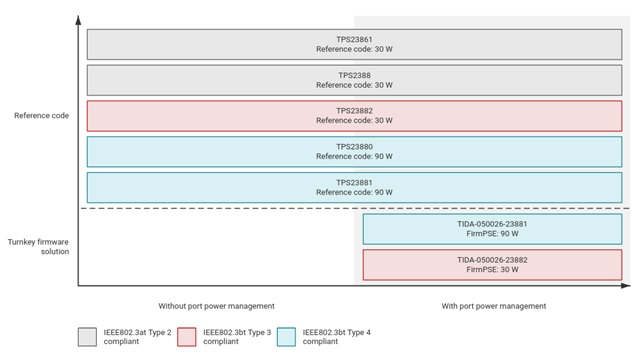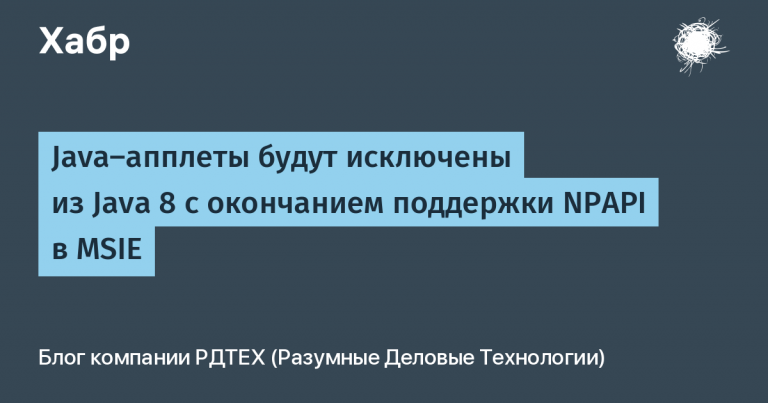Part 2 Power Sourcing Equipment
In the previous article, I described the main stages of Power over Ethernet. All described processes are supported by the device that controls the power supply Power Sourcing Equipment – controller PSE. Many microelectronics manufacturers offer similar controllers. For example, Texas Instruments with excellent descriptions and support of their products.

But, in addition to the world giants, there are less famous manufacturers of microelectronic components for their own needs. For example, Hasivo. You can find information about the products of this company on the website of the same name. website. I'm interested in the controller PSE HS104PTI(PBI). I couldn't find any information about its use on the Internet. Perhaps my experience will be useful. The manufacturer of HS104PTI(PBI) promises 4 802.3at channels or 2 802.3bt channels (there are some nuances). Getting to know PSE Hasivo should start with the description provided by the manufacturer upon request. Sent a request to hasivo@hasivo.com. I received a response quite quickly. After reading the description of HS104PTI(PBI), in my case it is “hs104pti-2_pbi-product specification_V1.08”. I notice in the title of the open pdf file TPS23861…

The TPS23861 does not have much in common with the HS104 (the pictures are similar). Most likely, Hasivo was inspired by the Texas Instruments chip. From the description it is clear that HS104PBI supports all 8 power classes. In the description of the chip you can see oscillograms of the connection stage PSE To P.D.. Nothing is written about “I2CAddress Setting and Register Information”, as well as “Typical Application Circuit Diagram:”. The manufacturer provides the following information via I2CAddress Setting and Register Information:

and a rather modest description of the registers.

About the “Typical Application Circuit Diagram:” Hasivo representatives kindly sent a fundamental diagram turning on HS104. I felt that I had all the necessary information to use the HS104. HS104 has a special feature: it does not require initialization, i.e. without initialization via I2C, supply power to the port. If you need to design a simple device using HS104 (such as an injector, etc.), then HS104 is very convenient to use. When working with I2C, I did not notice any peculiarities except…
In the description of the HS104, I saw the following versions:
HS104PTI-2 – 1 port 802.3bt + 3 ports 802.3af/at;
HS104PBI – 4 port 802.3bt; However, the identifier read at address 0x0C (we are talking about I2C) is the same for all versions – 0x91. This may not be very convenient. The declared configuration of 1 port 802.3bt + 3 ports 802.3at/at for HS104PTI-2 is impossible, so enabling a 4-port PSE controller will not work. This is because the bt-enabled port requires 2 PSE controller ports to handle AB and CD pairs. I had to use the HS104PBI chip with a 2-port 802.3bt configuration. After lengthy correspondence with Hasivo representatives, it was found out that there are still additional versions of the chip (this information is not documented).
HS104PBI-1 1 802.3bt port supporting single PD signing. The other two ports are not used;
HS104PBI-2 2 ports 802.3bt with support for single PD signing. HS104PBI (without prefixes) turned out to be a 4-port 802.3af/at PSE controller. But in 802.3bt mode, it can only work with double PD signature. This is perhaps the biggest feature of the HS104PBI. One PSE controller HS104PBI does not support single and double signed PD. HS104PBI, HS104PBI-1, HS104PBI-2 have the same marking on the chip body “HS104PBI”. If you have HS104PBI, HS104PBI-1, HS104PBI-2 in your warehouse, then problems are possible. When installing and checking mounted boards, difficulties also arise due to the same markings. Connection diagram and pcb HS104PBI from the manufacturer. The diagram shows the inclusion of the HS104PBI-1 microcircuit and all the necessary kit. But there are mistakes. The scheme as proposed did not work for me.
Errors:
R5, R33 should be 24.9 kOhm;
Shunt rating (R21 || R17) = 250 Ohms and (R38 || R39) = 250 Ohms. The second one is not really a mistake. One of the resistors is simply not installed. This can be seen on the board.

It is worth considering that the control voltage for MOSFET transistors in the proposed circuit is 3.3 V. There are not many such transistors, but you can find them. I used WSD14N10DN, there are larger ones available WSF15N10 And IPTD50N10LAY. For example, the BSZ440N10NS3 transistor is not suitable – it does not open completely, the PSE cannot start. This may be obvious, but I decided to give it a try. =)

The rest of the scheme turned out to be working. Two-part transistor Q1 (back to the HS104 switching circuit) is designed to protect the PSE from turning on when the voltage to the drain of the MOSFET transistor comes from outside. RI1 and RI2 are a voltage divider, which for HS104 serves as permission for operation, i.e. without (48 V…57 V) PSE will not turn on. Chips HS104PBI, HS104PBI-1, HS104PBI-2 have different logic for the operation of the PLED1,2,3 indication pins. Initially, there were assumptions that when PSE operates in different standards (af, at, bt), the indication will change. In fact, the indication somehow blinks differently on HS104PBI, HS104PBI-1, HS104PBI-2.




